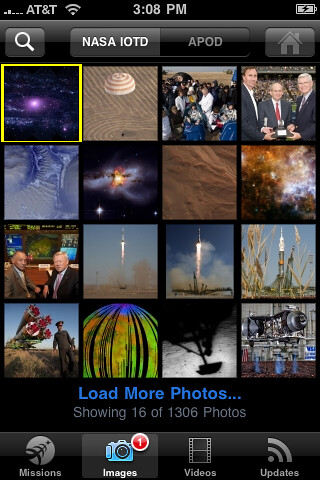WBMSAT News Bits for October 30, 2009
Friday, October 30th, 2009Hughes Network Systems sell 10% of Jupiter satellite capacity to Canadian broadband provider Barrett Xplore for $100m.
[Satellite Today -10/30/2009]
Arianespace successfully launches NSS-12 ad THOR 6 satellites aboard single Ariane 5 ECA rocket from Spaceport in French Guiana.
[SatNews – 10/29/2009]
Kazakhtelecom JSC of Kazakhstan adds Gilat’s cellular backhaul solution to its satellite communications network.
[Reuters – 10/29/2009]
SkyTrac obtains supplemental type certificate for installation of its automated flight following and satellite communications equipment on several helicopters; will exhibit at Aerial Firefighting Conference in Italy.
[SatNews – 10/29/2009]
Eutelsat’s Tooway satellite broadband service to help deliver Ireland’s national broadband scheme.
[Reuter’s – 10/29/2009]
KVH introduces TracVision HD7 using 24 inch diameter antenna and patent pending technology to simultaneously receive two Ka and one Ku-band satellites, delivering HDTV to boaters exactly as they receive it at home.
[SatNews – 10/29/2007]
On-demand intelligent asset management company Axeda Corporation enters into Alliance Partner Agreement with ORBCOM to integrate ORBCOMM’s satellite network with Axeda’s global two-way M2M data communications capabilities.
[Reuters – 10/29/2009]
Frost &Sullivan’s report "European First Responders C3I Market Assessment" concludes that greater focus on Civil security makes the European C3I market lucrative.
[Reuters- 10/29/2009]
Raymarine introduces 33STV, a 13" satellite dish inside a 14" radome weighing less than 10 pounds, to bring satellite TV reception to powerboats and sailboats under 25 feet in length.
[Reuters 10/29/2009]
AGIS LifeRing, operating simultaneously on cellular, mesh networks, satellite, Military and First Responder radios, successfully passes U.S. Joint Forces Command limited operational assessment of PDA broadband communications.
[Reuters – 10/29/2009]
Stratos provides Government of Canada with first-ever BGAN lease service.
[IT News Online – 10/28/2009]
Lockheed Martin completes preliminary design review for U.S. Navy’s Communications at Speed and Depth program using Iridium satellite and UHF to communicate to underway submarines from surface ships, aircraft, and land-based assets.
[Satellite Today – 10/27/2009]
Attendance results for SATCON 2009 indicate continuing high demand for media and communications technology solutions in spite of economic impact of recession.
[Reuters – 10/27/2009]
KVH mini-SAT marks 2-year anniversary for Maritime service with over 500 TracPhone V7 systems shipped, providing broadband service on the move to maritime, aeronautical, and other mobile customers.
[Reuters – 10/26/2009]
NSR report – Ku-Band in-flight satellite connectivity: are we there yet? – discusses state of commercial airline broadband access market utilizing Ku-band satellite capacity.
[NSR Report October 2009]
NSR Report – Government and Military Satellite Communications, 6th Edition, discusses state of the government and Military satellite communications market.
[NSR Report – November 2009]
WBMSAT PS – Satellite Communications Consulting Services








